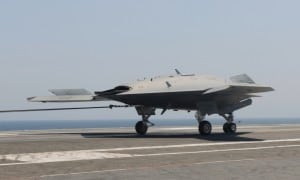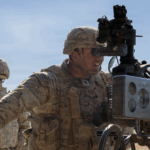
The House Armed Services Committee will release its full Fiscal Year 2015 National Defense Authorization Act language Monday morning, which will include the marked-up subcommittee language passed April 30 and May 1, as well as new language that does not fit into the jurisdiction of a single subcommittee. Several issues are still unresolved after the subcommittee markups and will be interesting to follow as the full committee releases its bill on May 5 and marks it up May 7. UCLASS…













